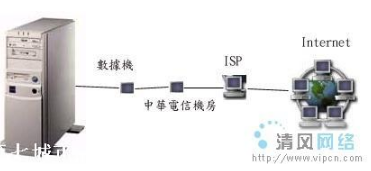A straightforward approach to network troubleshooting involves using basic command-line tools like ipconfig and ping. These utilities are essential for checking network configurations and identifying potential connectivity issues.
The ipconfig command is used to display the current TCP/IP settings on a device. It helps verify whether the IP address, subnet mask, and default gateway are correctly configured. If your system is set to obtain an IP address automatically via DHCP, ipconfig will show the assigned IP, along with additional details such as the DNS server addresses, WINS servers, and the physical MAC address of the network interface card (NIC). It also displays the lease expiration date for the IP address if it was obtained from a DHCP server.
When you run ipconfig /all, you get more detailed information compared to just running ipconfig without any parameters. This includes the hostname, domain name, and other configuration details that can be useful during network diagnostics.
Another essential tool is the ping command. It sends small data packets to a specified IP address or hostname and checks whether a response is received. This is a quick way to determine if a device is reachable on the network or internet. The responses can indicate whether there are problems with the TCP/IP stack, network adapter, or router configuration.
For example, pinging 127.0.0.1 tests the local machine's TCP/IP installation. If no reply is received, there may be an issue with the network stack itself. Pinging the local IP address confirms that the network adapter is functioning properly. If it fails, check for duplicate IP addresses or misconfigurations.
Pinging another device within the same LAN verifies that the network cable, switch, and other devices are working. If no replies are received, it could point to a faulty network card, incorrect subnet mask, or cabling issues. Pinging the gateway IP ensures that the router is responding, which is crucial for internet access.
Finally, pinging a remote IP address or a domain name (like google.com) helps confirm whether the connection to the internet is working. If all these steps succeed, the network is likely functioning properly. However, keep in mind that successful ping tests don’t always mean everything is perfect—some configuration errors might still exist, especially with advanced networking setups.

PV pumping system is the use of solar modules to solar energy directly into electrical energy, drive motor driven pump device. Mainly divided into submersible pumps photovoltaic pumping and ground pumping photovoltaic pumping (suction stroke, different installation methods); PV pumping system: no fuel consumption, no power grid, almost no need for operation and maintenance, long service life, low average cost, especially for water and electricity shortage areas. Do not need batteries, solar modules directly driven by the pump work.
Solar Pump System,Solar Water Management System, Water Transfer Pump,Pumping Stations,DC Pump
Wuxi Sunket New Energy Technology Co.,Ltd , https://www.sunketsolar.com